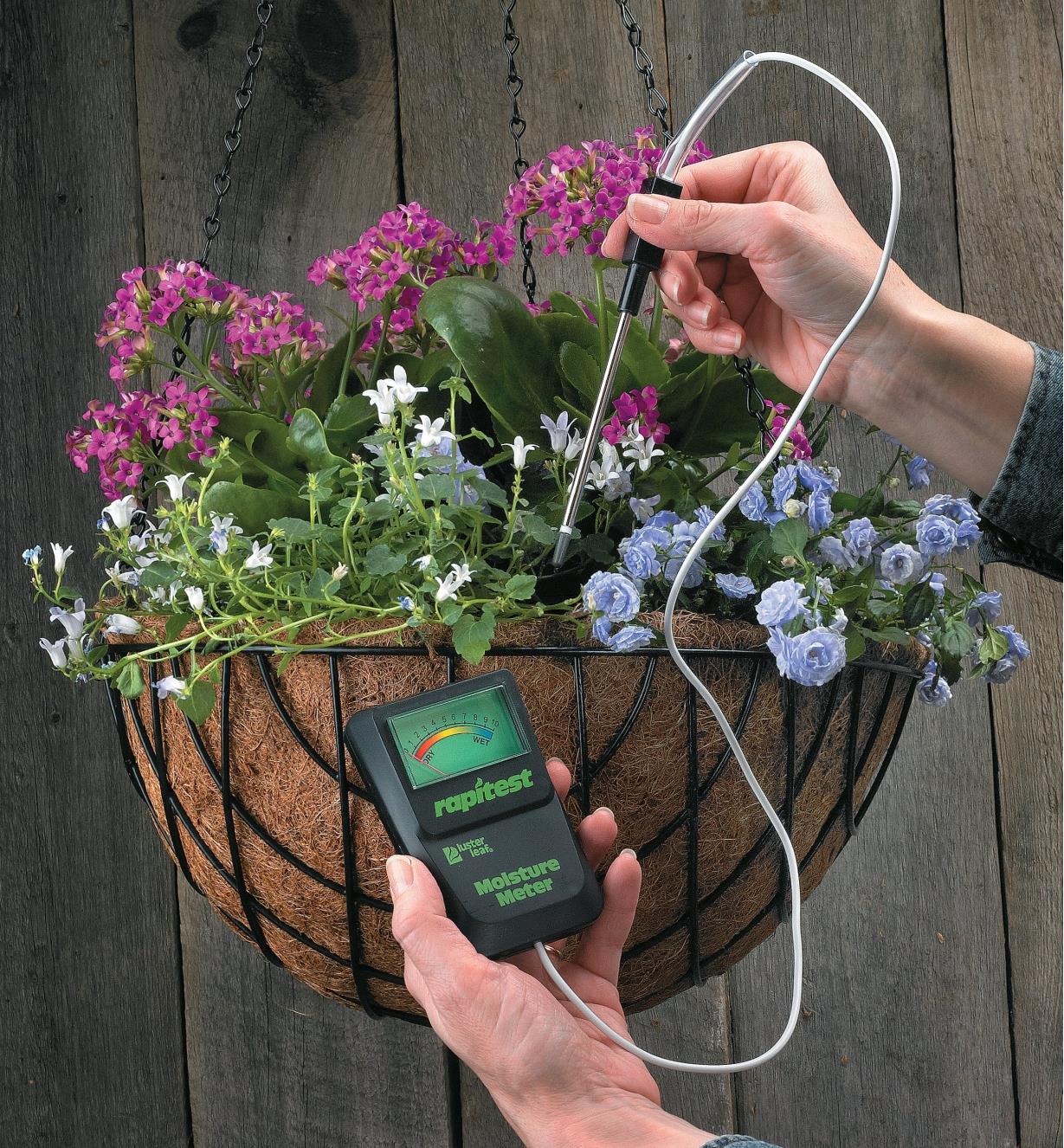The Ultimate Overview to Picking the Right Moisture Meter for Your Needs
Comprehending the Significance of a Moisture Meter in Protecting Against Mold and Water Damages in Your Home
In the world of home upkeep, the presence of wetness can usually be a quiet yet formidable enemy, capable of triggering prevalent mold and mildew development and insidious water damage if left unattended. Comprehending the relevance of a dampness meter in this fight is not just an option but a tactical requirement.
Value of Moisture Discovery
Effective dampness discovery approaches are crucial for safeguarding residential or commercial properties and protecting against possible mold and mildew development and water damages. Dampness can permeate right into numerous structure products, bring about architectural concerns and carcinogen. By making use of a wetness meter, homeowner can proactively identify locations prone to excess moisture, permitting prompt treatment and mitigation techniques.
Moisture meters offer accurate analyses of dampness levels in various products such as concrete, timber, and drywall. This data aids in determining areas of issue, even in hard-to-reach or surprise locations. Early detection of moisture buildup makes it possible for timely repair work or adjustments to protect against additional damage.

Exactly How Moisture Meters Job
Dampness meters play a crucial role in the aggressive identification of excess dampness, helping in the prevention of prospective mold development and water damage by supplying accurate analyses of moisture degrees in numerous building products. These devices function based on various principles, depending on their kind. Moisture Meter. Pin-type moisture meters, for circumstances, have two pins that pass through the material to gauge the electrical resistance in between them. When moisture is present, it boosts the material's conductivity, leading to a lower resistance analysis. Pinless moisture meters, on the other hand, usage electromagnetic sensors to check the material without triggering damages. These sensors emit electro-magnetic signals that pass through the material and gauge the dielectric residential properties, indicating wetness web content. Some advanced moisture meters integrate both pin and pinless technologies for detailed dampness discovery. Understanding exactly how moisture meters feature is important for exact and timely wetness level analyses, making it possible for efficient preventive procedures against mold and water damages.
Finding Early Indication
Upon preliminary examination of a building, acknowledging subtle indicators of excess wetness comes to be crucial in the early discovery of prospective mold and mildew growth and water damage. Water spots can signal leaks or infiltration, while peeling off paint or wallpaper may be an outcome of dampness jeopardizing the adhesion of these products to the surface. Additionally, a rise in allergy signs and symptoms or breathing concerns amongst residents might suggest the visibility of mold due to excess dampness.
Protecting Against Mold And Mildew Growth
Identifying early warning indications of excess wetness within a home not just allows punctual detection of possible mold growth and water damages but additionally acts as a proactive action in avoiding the proliferation of mold and mildew. To effectively avoid mold growth, it is crucial to attend to any type of sources of dampness without delay. This can like this include dealing with leakages in pipelines, home windows, or roof coverings, guaranteeing correct air flow in damp locations like cooking areas and shower rooms, and using dehumidifiers in high-humidity spaces. Regularly inspecting and keeping the home's plumbing, roof covering, and rain gutters can additionally help in protecting against water invasion that can result in mold development.
In enhancement to dealing with moisture sources, keeping indoor moisture levels below 60% can dramatically hinder mold development. Proper ventilation, adequate insulation, and utilizing a/c unit or fans can aid regulate interior humidity levels. Checking wetness degrees in locations susceptible to moisture, such as basements and creep areas, using a dampness meter can also help in very early discovery of raised moisture degrees and potential mold growth. By taking proactive actions to stop excess wetness and mold and mildew development, homeowners can guard their residential property and indoor air quality.
Advantages of Regular Surveillance
Routine monitoring of moisture degrees in a building can play an important role in preserving a healthy and balanced interior setting and avoiding possible mold and mildew and water damages. By frequently checking dampness degrees, property owners can spot any issues quickly and take necessary activities to stop mold and mildew development and water damages. One of the key benefits of regular surveillance is very early discovery. By recognizing and dealing with high moisture degrees beforehand, home owners can intervene before mold has the chance to establish and spread. This positive method can save both money and time in the lengthy run by protecting against considerable mold removal and repair service expenses.
In addition, regular surveillance enables home owners to track patterns and trends in dampness degrees with time. By developing a standard and surveillance modifications, people can identify any kind of areas of concern or prospective susceptabilities in the building's framework. This data-driven technique enables targeted treatments and maintenance efforts to deal with underlying concerns before they rise into even more significant problems. Ultimately, the constant monitoring of moisture levels empowers homeowners to shield their building, secure their health and wellness, and maintain the honesty of their interior atmosphere.

Final Thought

By using a wetness meter, residential or commercial property proprietors can proactively determine areas susceptible to excess wetness, permitting for timely intervention and reduction strategies.

Monitoring dampness degrees in areas prone to wetness, such as cellars and creep areas, utilizing a wetness meter can also help in very early detection of elevated dampness levels and potential mold development. (Moisture Meter)